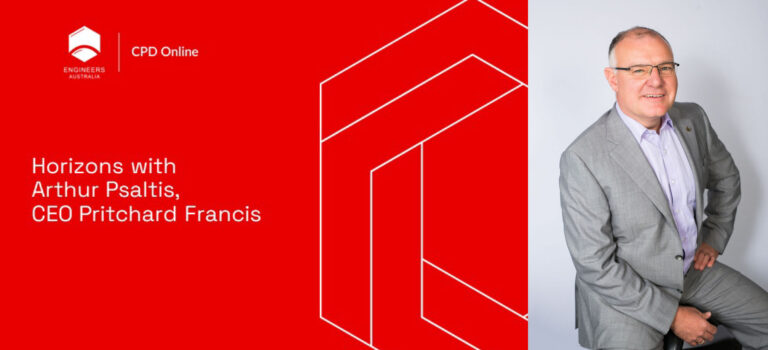There is much research and evidenced based recognition that trust is a key indicator of high performing organisations. Hence, the question of how to build trust within a working environment is pertinent. Having people recognise this trust amongst each other is equally important to success.
I’ve written previously about the difference between accountability and responsibility, the importance of defining these terms and the influence this concept has on building Organisational Trust. Accountability-vs-Responsibility
Establishing the appropriate corporate structure, with a clear understanding of where authority and decision-making sits, is the critical ingredient of building trust.
The formula is very simple. If decision making is taken away from those accountable, and given to others with higher authority, trust is eroded. If decision making is delegated to those with less authority, trust builds.
When people are asked to be accountable for things, and decision making is taken out of their hands, they become disillusioned. Trust erodes, and the organisation suffers as a consequence.
In contrast, when people recognise that decision making and accountability has been bestowed upon them, they feel empowered. This is the key ingredient for trust-building.
There is a well-known saying that “culture eats strategy for breakfast.” If this is the case, then trust beats culture before it’s got out of bed.
There is nothing more powerful than trust, and this is evidenced in most environments, be it at work, within relationships or society generally. Hence building trust within the work environment should be the main objective of any leader, and the number one driver of any organisation.








